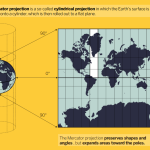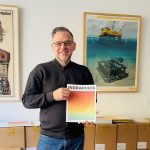Adolfo Arranz, a senior infographic specialist at Reuters and winner of the SND 45 “World’s Best Digital Designer” award, shares insights into his creative journey, inspirations, and design process in an exclusive interview with tksajeev for newspaperdesign.org
Can you tell us about your journey into the world of design and how you ended up at
Reuters?
Well, it’s been a long journey over many years. I’ve always enjoyed drawing and I’ve
wanted to dedicate myself to doing something with drawing, illustration. I studied at the
School of Arts in my hometown, Valladolid. After graduating, I did some things in
advertising illustration, and later I had the opportunity to work for the local edition of my
city of El Mundo, the second newspaper in Spain, where I began my career in the world
of infographic design. I was doing and learning infographics from scratch, since it was
something I didn’t know at all. At El Mundo, I was there for about twelve years,
surrounded by great professionals. I believe that at that time, the ’90s, the newsroom
and the daily work was the best way to train in this profession. Then I had another
stroke of luck, when Simon Scarr and Steve Case counted on me to go to the South
China Morning Post, here in Hong Kong, where I started to make mainly standalone
infographics, a concept that not many newspapers were doing at that time. From there,
in 2014, I went to Mediacorp in Singapore as creative director for the local medium
TODAY, and after two years I returned to SCMP as deputy creative director and later as
creative director.
Since 2022, I have been working at Reuters as a senior graphics editor, helping and
delighted to produce visual stories that matter.
Who or what has been your greatest inspiration in the field of design?
I could say that I adore painting in general, from all eras, but perhaps I am more tied to
the figurative painting of the 19th and early 20th centuries. Then, I am a big fan of ‘old’
illustration, from the Golden Age, including Arthur Rackham, Edmund Dulac, José
Segrelles, and Howard Pyle. I draw a lot of inspiration from comics, such as the works
of Alex Raymond, Hal Foster, Will Eisner, Milton Caniff, Hergé, and George Pratt—oh, it’s
endless. I really wouldn’t know if they are all my inspiration, and even though they are
not part of the design field, I would tell you that I always have them very present.
Regarding the guild of journalistic infographic design, I have infinite admiration for
Fernando G. Baptista and Richard Edes Harris. Then, here in the Reuters Graphics team,
it is full of genuine inspiring talent like Simon Scarr and Mariano Zafra, among others.
Right now, I tend to see what the rest of the colleagues in the guild are doing; likewise,
social networks are full of incredible illustrators, designers, and artists who are very
inspiring, and also overwhelming with so much talent on display. I must also say that
inspiration, or influences, have always come from having been lucky enough to work
with so much talent around, which is a privilege, to have coincided over these years with
greats of the guild, such as Emilio Amade, Alberto Lucas, Marco Hernandez, Pablo
Robles, and Marcelo Duhalde.
How do you stay creatively inspired and keep your designs fresh and innovative?
I hope my designs are fresh and innovative. As strange as it may seem, I try to have fun,
bring passion to each project, and, of course, try to find new visual angles. That’s the
intention, although the result is not always what one wants or has in mind, but I suppose
that’s normal in these areas.
Can you walk us through your typical design process from concept to completion?
I always play with rough sketches and layout compositions. After checking for
approvals, I start producing the assets, which need more reviews. Then I usually work
with the graphics team and share the tasks to implement all the assets into one piece. It
is a very collaborative process.
How Delhi homes were turned to rubble before the G20
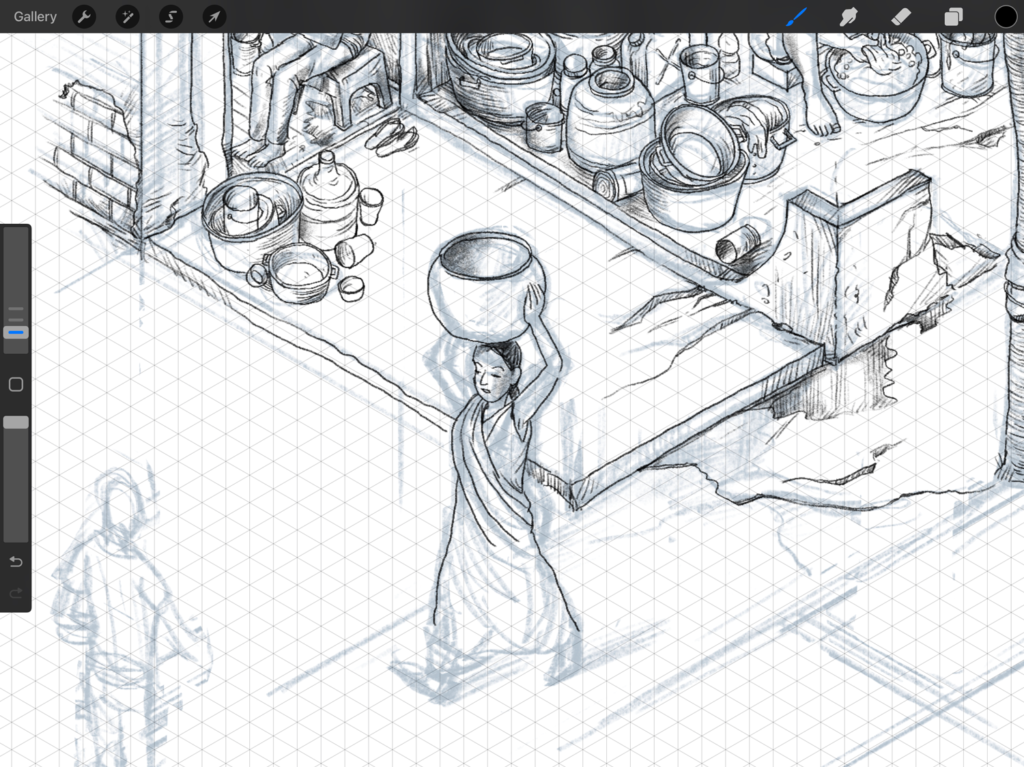

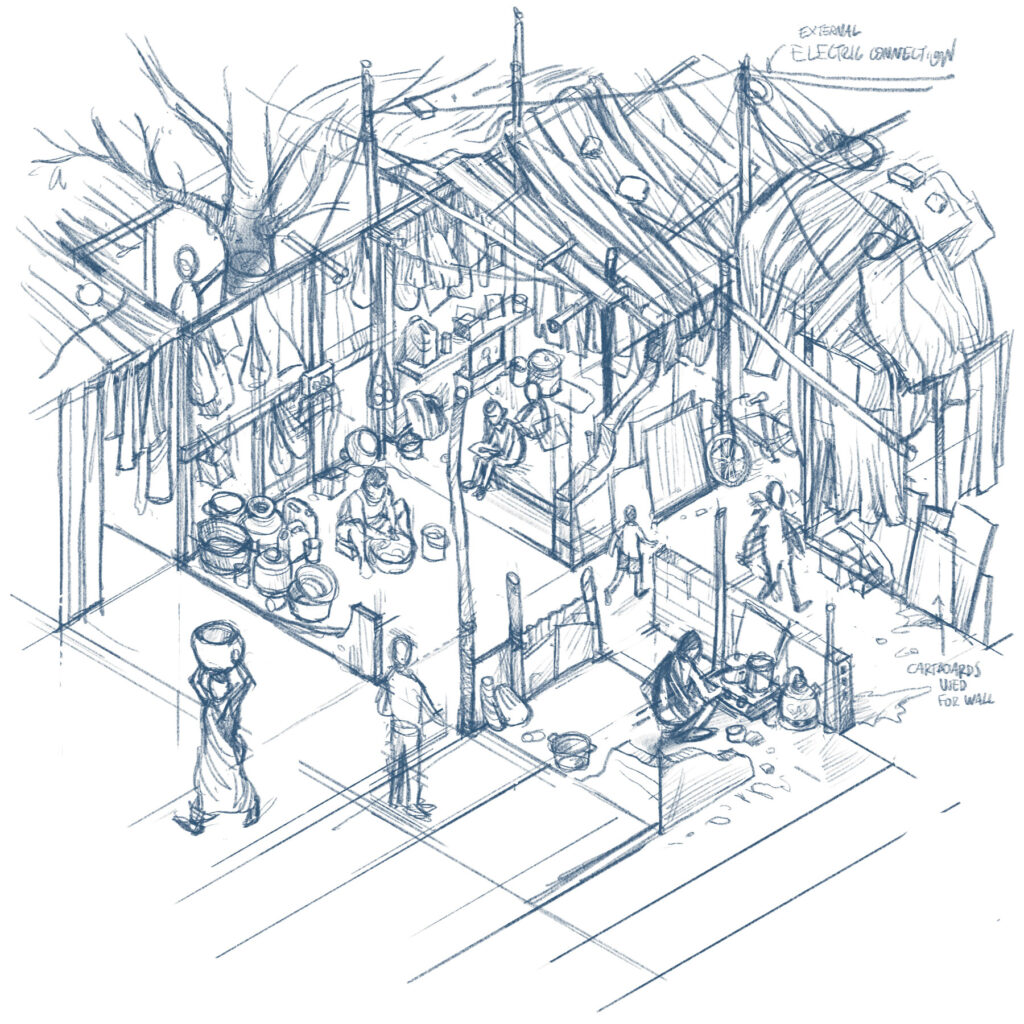
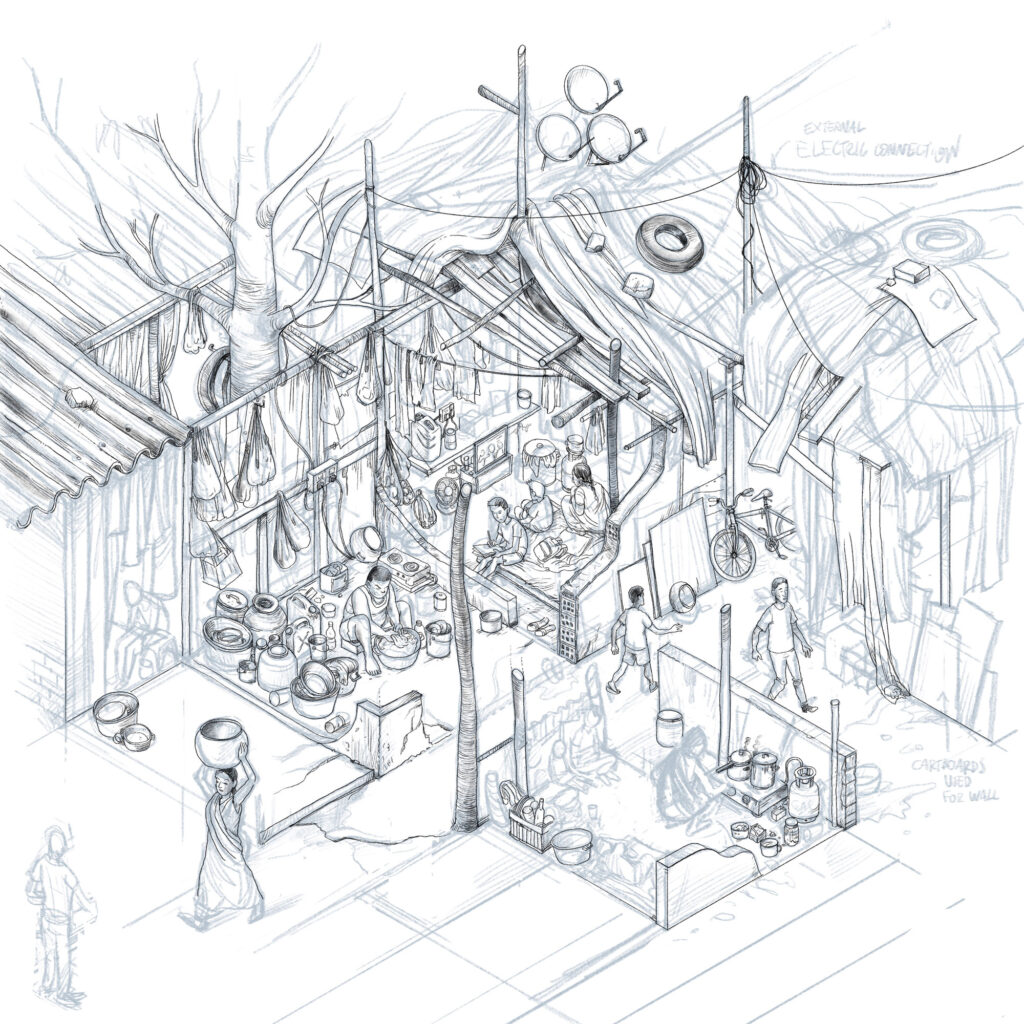
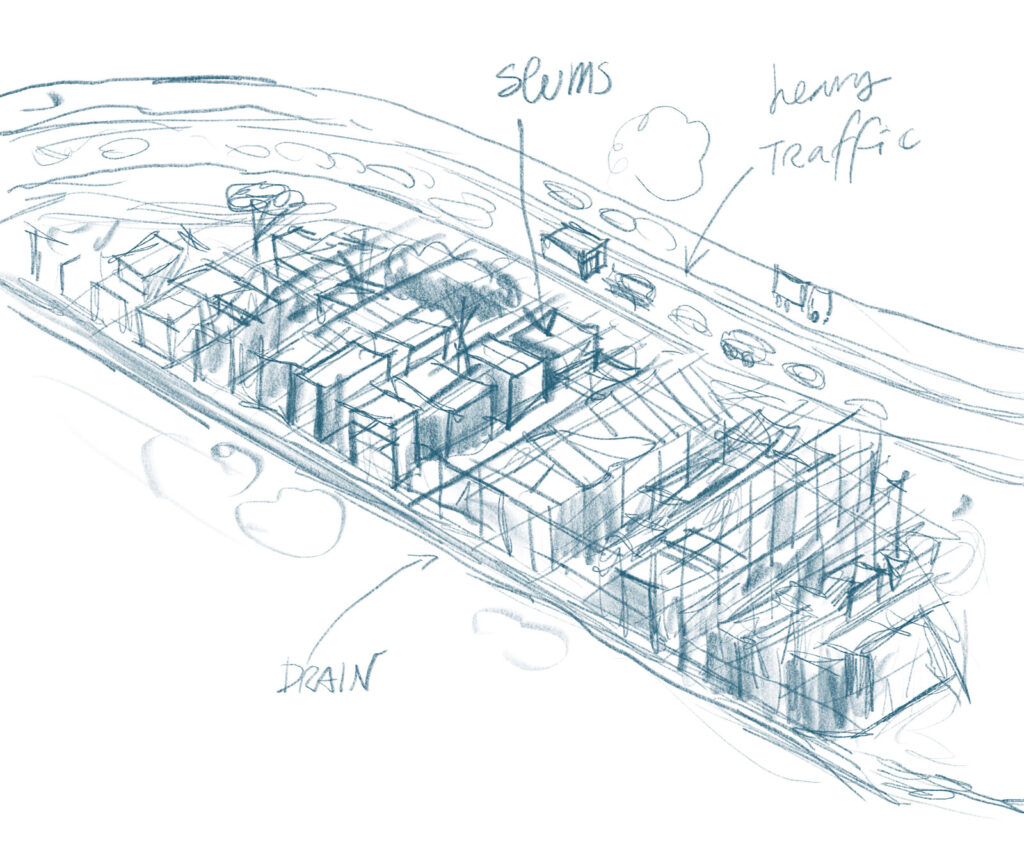
How do you approach a new project, and what are the first steps you take?
For any project, the first steps involve collecting as much information as possible,
conducting deep research, contrasting and fact-checking information, generating ideas
and thoughts, and developing rough sketches with storyboards, which is my usual
approach.
HOW A DEADLY BAT VIRUS FOUND NEW WAYS TO INFECT PEOPLE
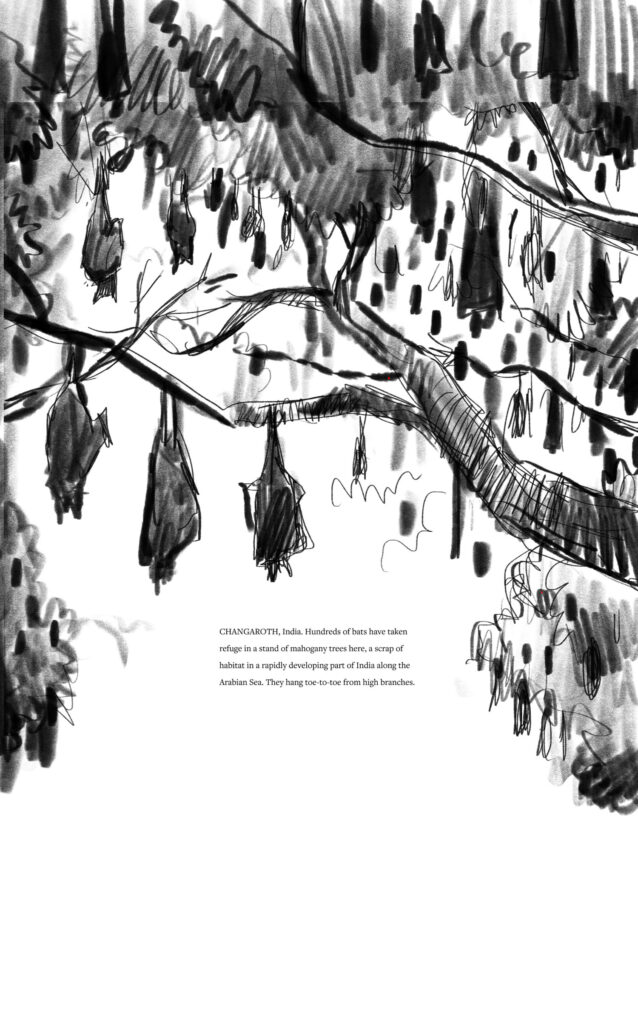
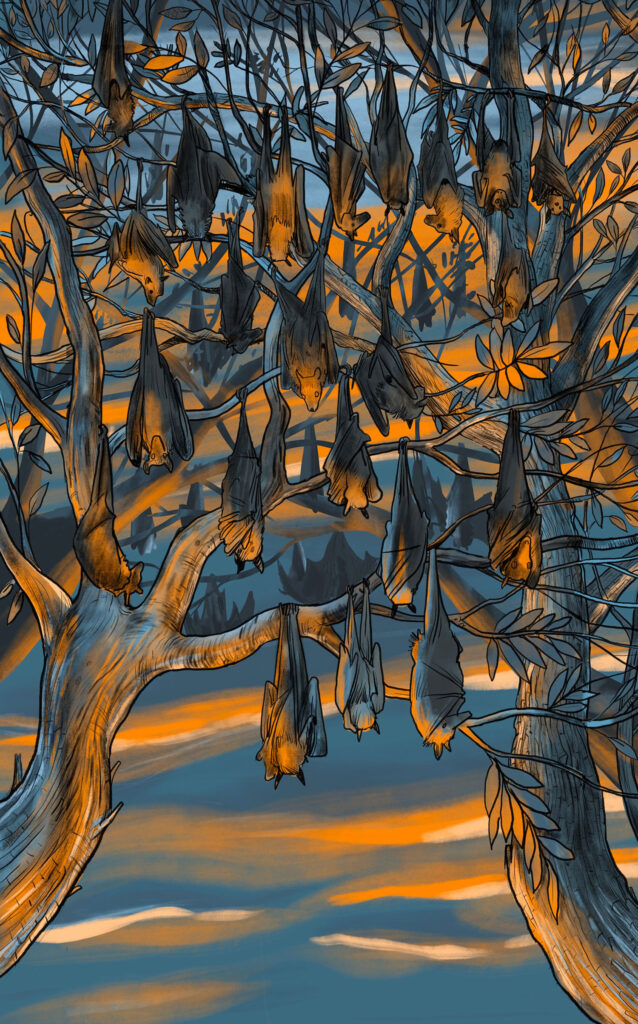
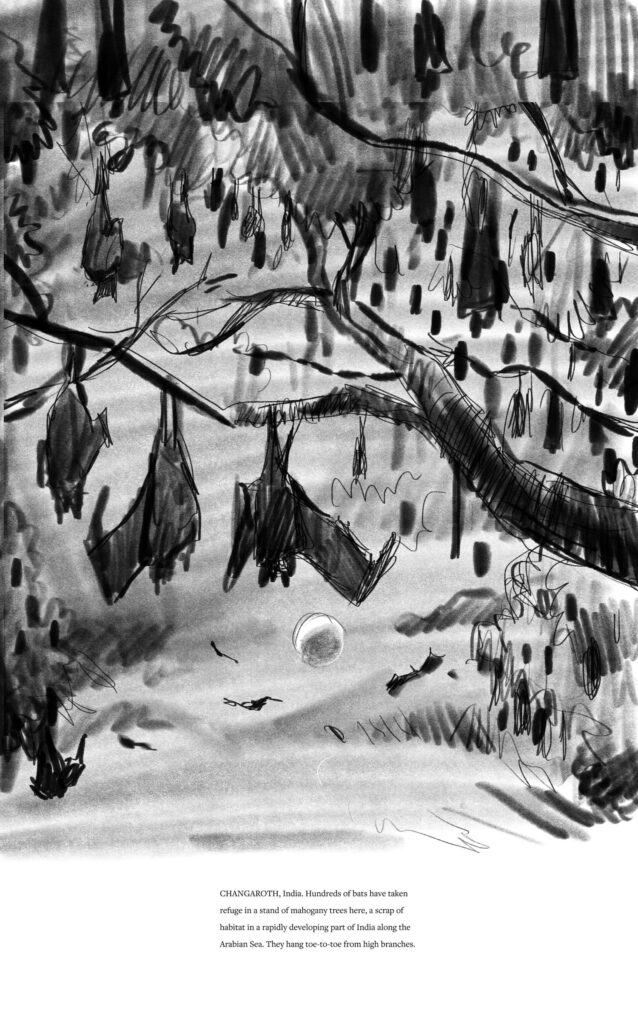
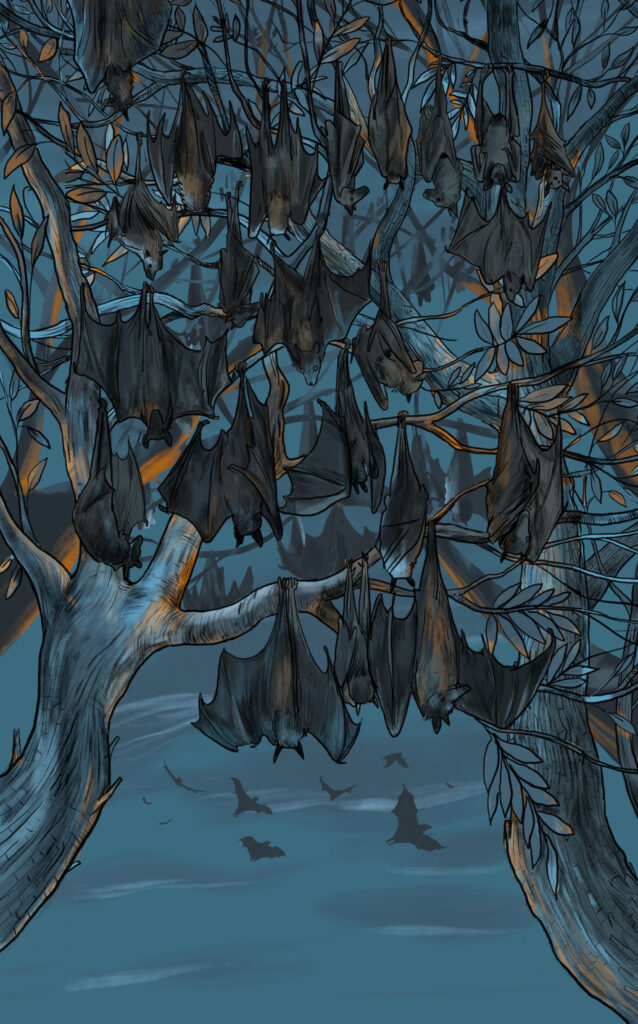
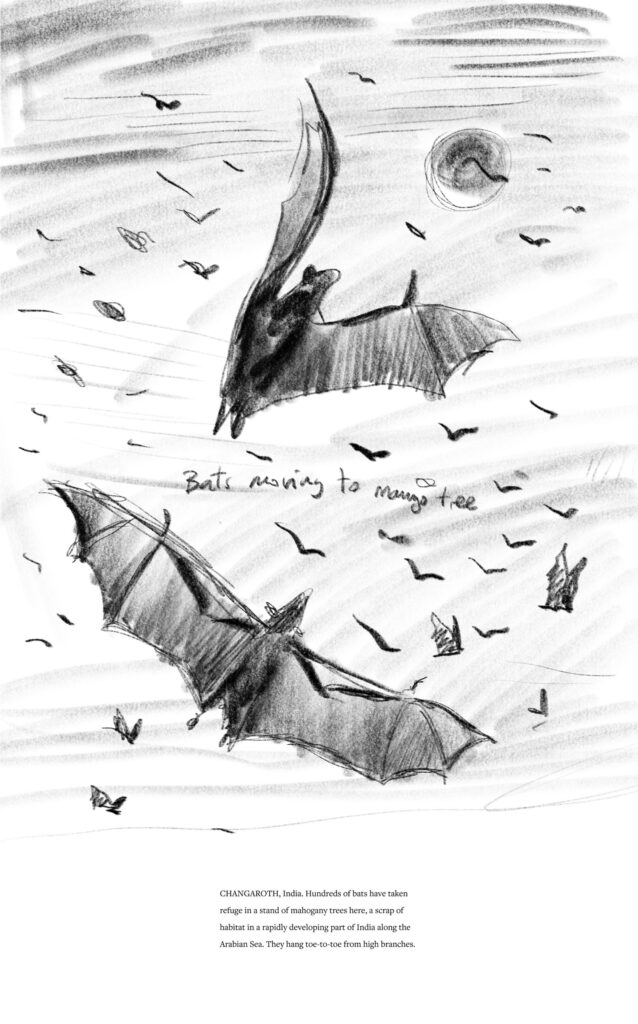
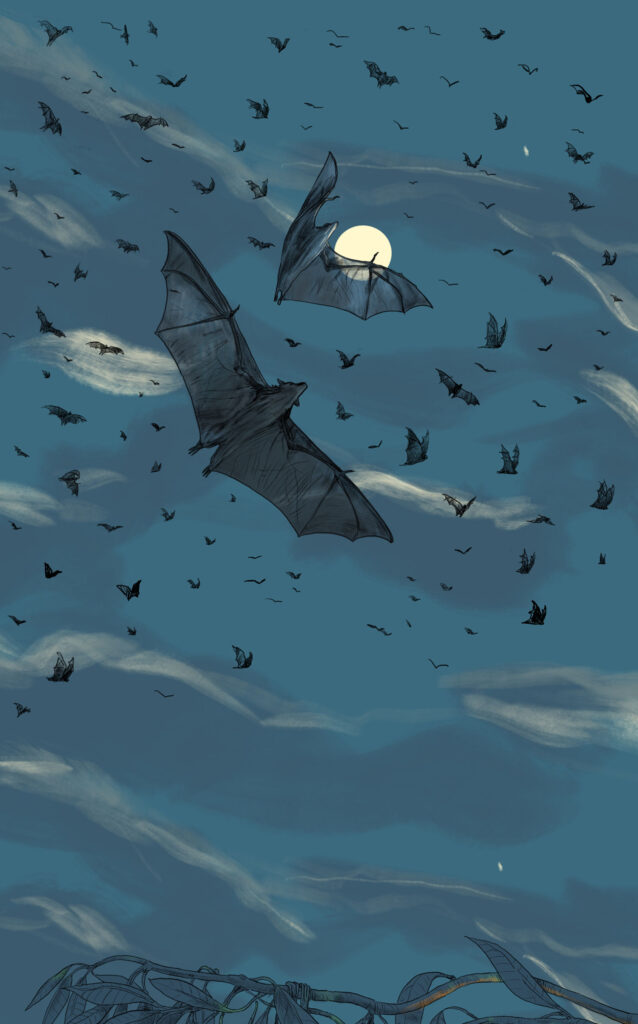


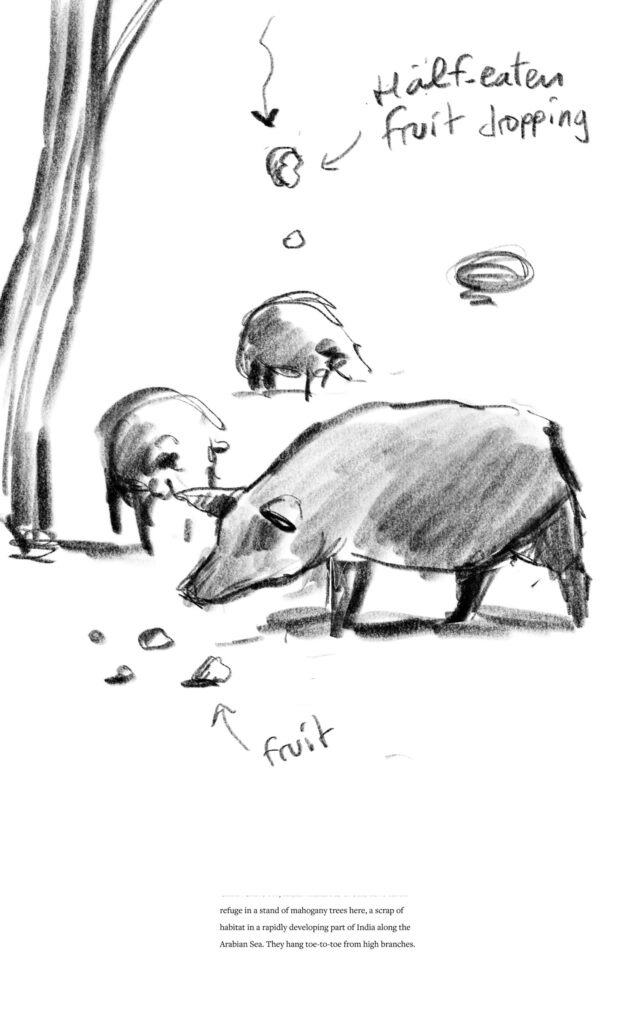
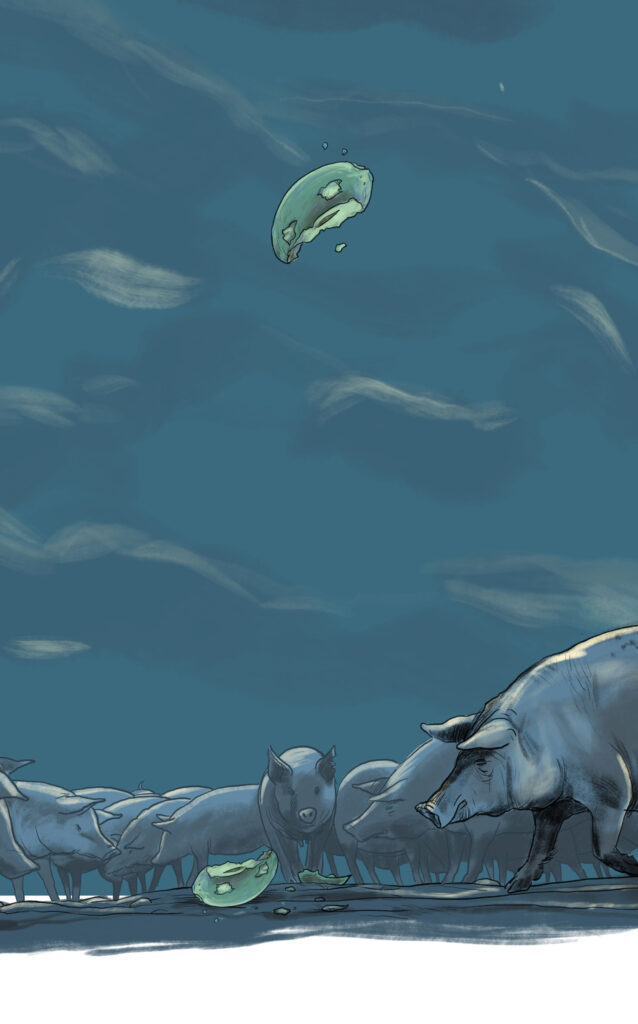
What tools and software do you find indispensable in your work?
For me, in terms of illustration, Procreate is indispensable right now as it only works on
iPad. However, I also use and switch between other software like Photoshop, Adobe
Fresco, Concepts, Clip Studio, and one of the best tools I have used, Corel Painter. On
the other hand, for design, I use Adobe Illustrator and Adobe XD.
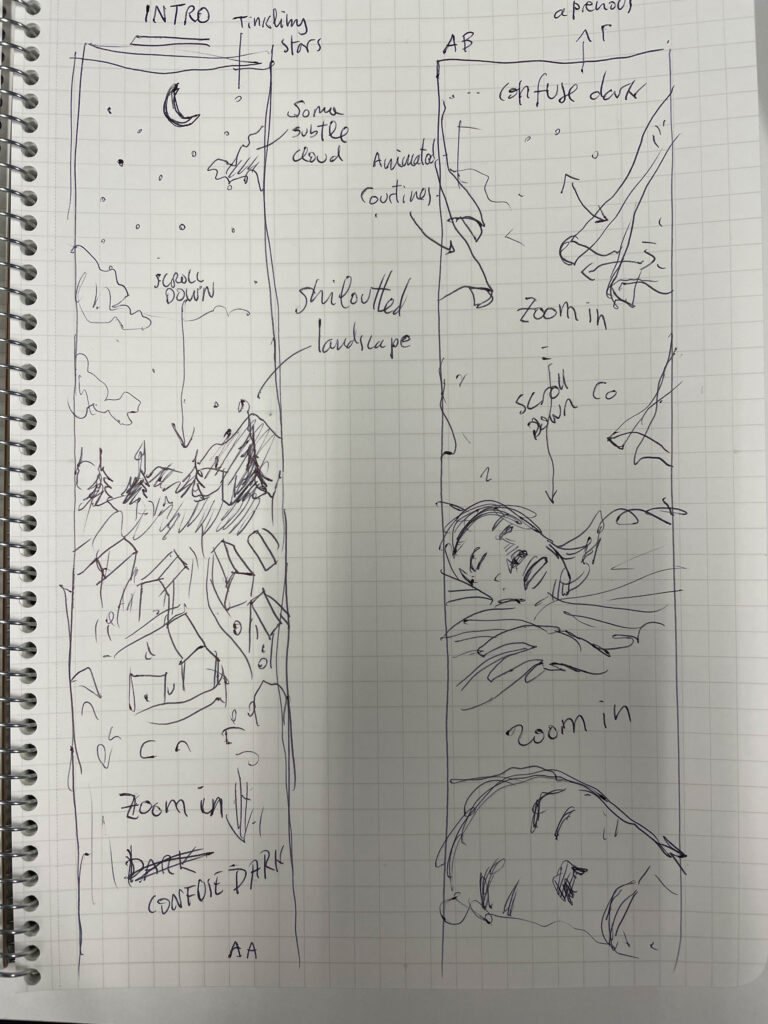
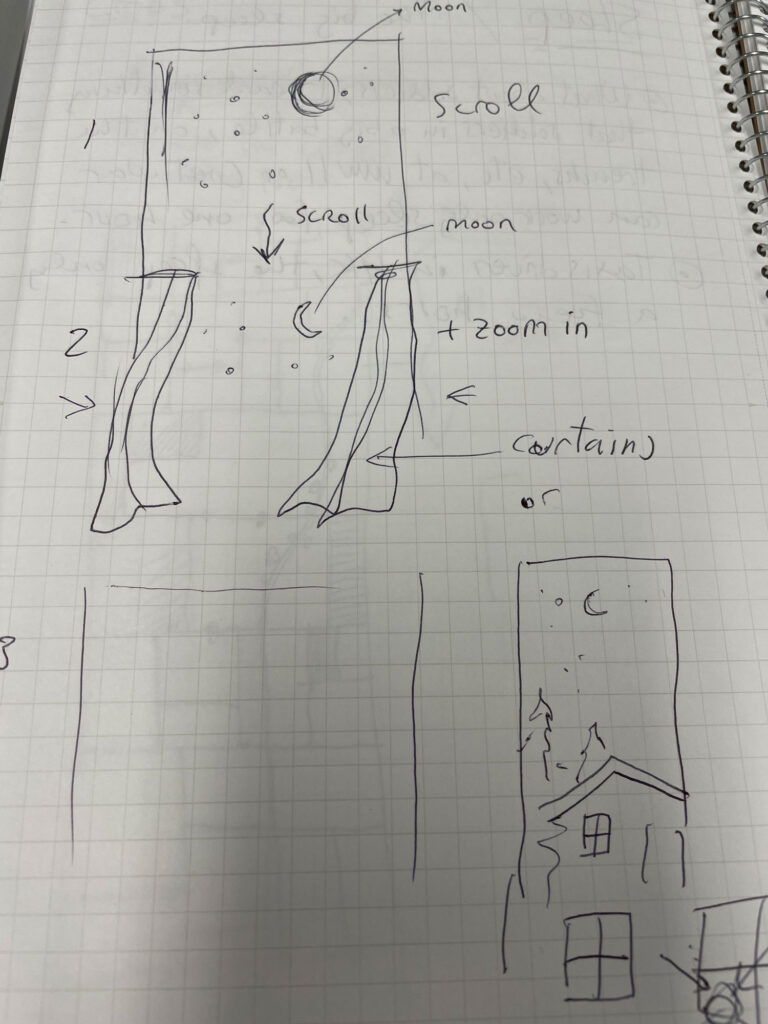
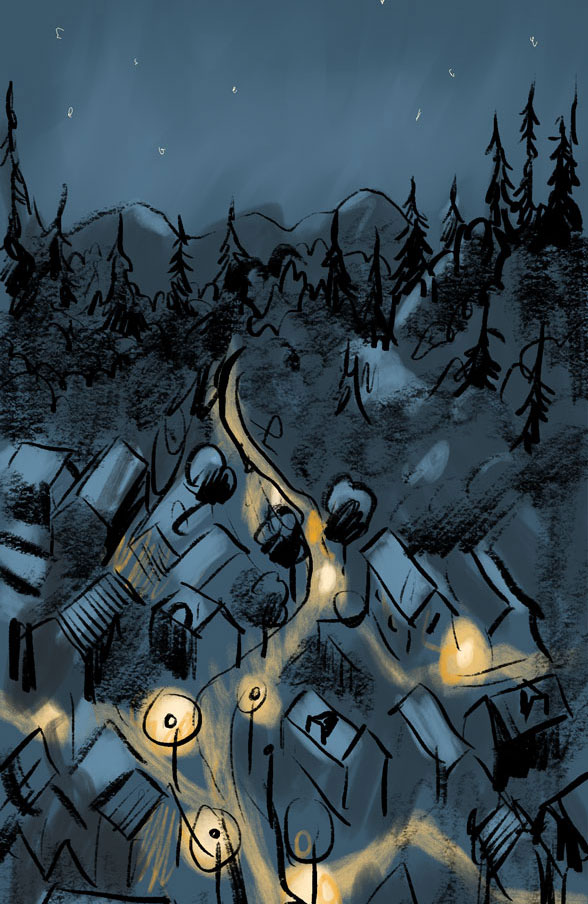
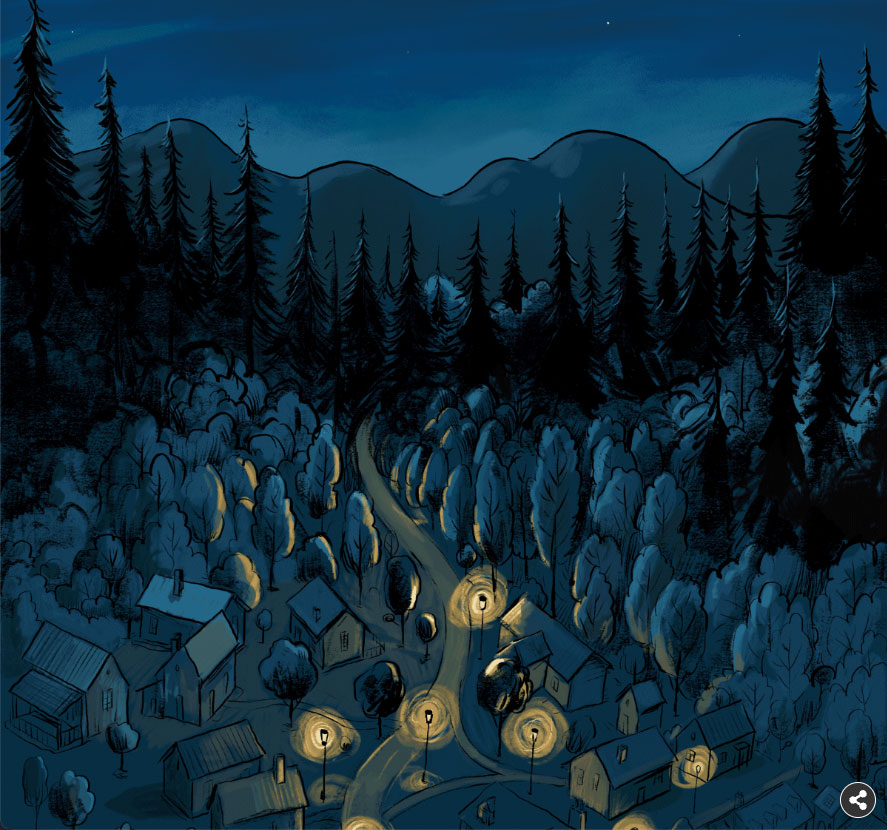
What has been the most challenging project you’ve worked on and how did you
overcome those challenges?
Here at Reuters, I would say the two most difficult projects have been two breaking
news items, mainly because two very sophisticated and potent pieces were developed
from a visual and informative point of view and due to the limited time available to finish
them. One of the pieces was about the massive crush that happened in Itaewon in Seoul
on Halloween night. Another piece told how the rescues were conducted after the
Turkey earthquake in 2023. In general, breaking news tends to be the most challenging
projects; they are actually very intense, and it’s when you release the most adrenaline
while working.
Searching for life in the rubble
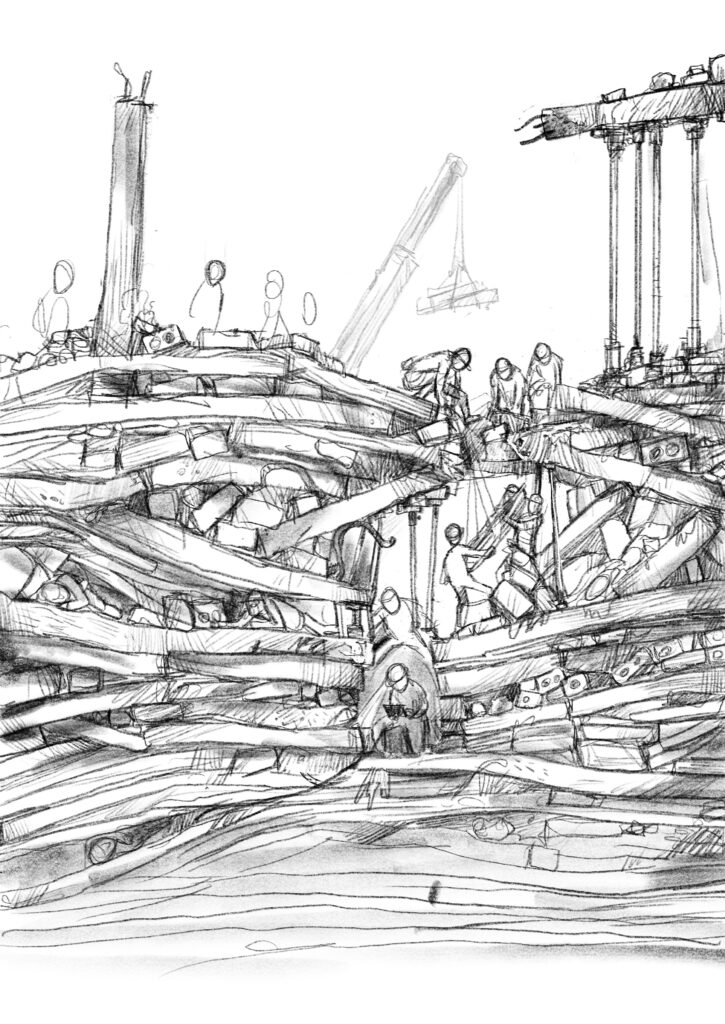
How do you handle creative blocks or periods of low inspiration?
That’s a good question, and I think a good answer is this: by going through them. I mean,
it’s essential to go through that creative block or low inspiration in each project; in other
words, it’s one of the important phases that every creative process has. The important
thing is that you have to go through it, and if you don’t have that block, you won’t be able
to move on to the next phase, which could be, for example, the “illumination.” But this is
a topic that can be discussed at length.
Can you share a time when a project didn’t go as planned? What did you learn from that
experience?
In my case, I believe this has happened to me many times. It’s also true that I may not
plan all my projects properly; I can be very chaotic with my own organization, and this
sometimes causes me problems. Other times, a project can deviate from the plan
because new information completely changes the angle to be addressed. It’s really
similar to a creative block; it’s very normal to go through phases where things don’t go
as planned. There are always going to be unexpected twists, new approaches, new
information, and especially in the world of journalism, you have to count on that. Of
course, this is part of the evolutionary process of a news designer.
How do you balance aesthetics with functionality in your designs?
I must admit that the issue of aesthetics in projects interests me greatly, and I tend to
favor a consistent design, taking into account details related to it. However, sometimes
functionality or breaking news disrupts that ideal, so the only thing one can do is try to
minimize the impact.
What role does storytelling play in your work, especially when dealing with complex
data?
For the designer, it is essential to consider a compelling narrative formula, as it forms
the foundation of the project’s success and the most digestible approach for the reader.
How do you ensure that your designs communicate the intended message effectively?
With years of experience, the designer has the right perspective to know what to do in
each case. Certainly, an important part is consciously choosing what will be visually
communicated. It is also necessary to discriminate between elements to avoid having a
piece with excessive noise. A clean and well-organized design is very important for the
message to be understandable to the reader.
The Evolution of Illustration
What trends do you see shaping the future of design and data visualization?
Technological developments in data analysis, video, and 3D are influencing and will
increasingly impact everything that involves high technology and results in
sophisticated products. However, I also see the potential for a rebound and saturation
effect, where the traditional and simple formula of storytelling may gain momentum.
Ultimately, creativity, good taste, and quality work should prevail. These, of course, are
my conjectures.
How do you see the role of a designer evolving in the next five to ten years?
I wouldn’t know. Hopefully, the role of the designer will continue to be as important, or
even more important, than it is now. It’s better to be optimistic.
What advice would you give to aspiring designers who want to make a mark in the
industry?
It is something that will require patience, but it does not have to be difficult. First, one
must have a passion for their work; then, they must practice and learn various
techniques, seek aesthetics, study the greats, pay close attention to industry trends,
exceed expectations, break molds, and not be afraid. Enjoying the work is essential to
finding a successful path.
The Evolution of Illustration
What personal or professional goals are you aiming to achieve in the next few years?
I want to continue engaging in interesting projects with Reuters as we are doing now,
explore new ways of storytelling, and further improve illustrated stories. Personally, I
would love to delve into the world of comics and become more involved with watercolor
and painting practices, which I enjoy in my spare time.
Explore Adolfo Arranz’s work for Reuters here
![]()



